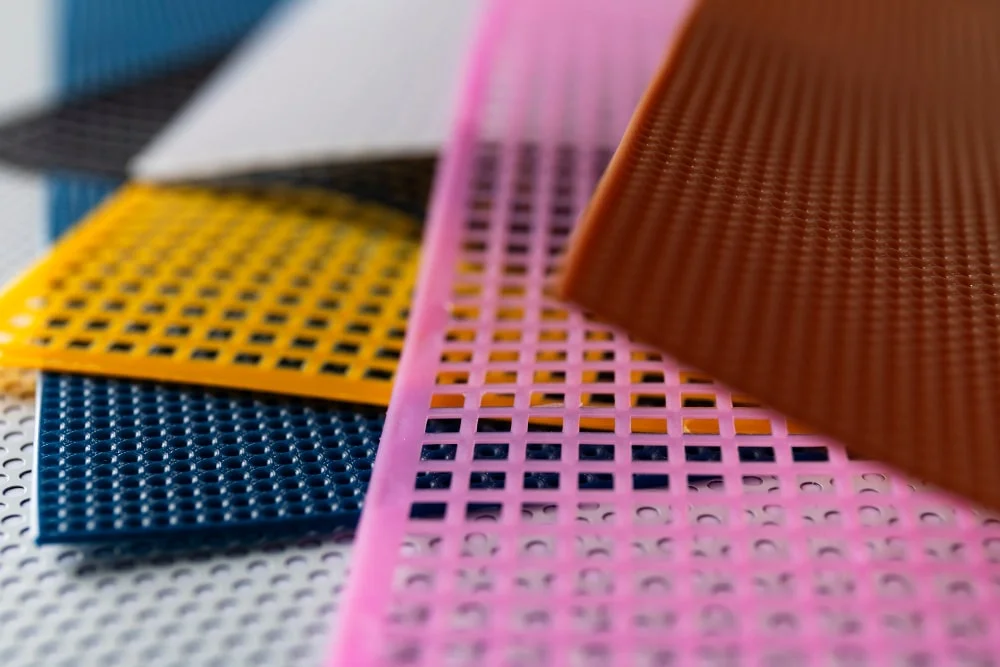
Elastomers
Superior Performance of Polyurethane Elastomers in Industrial Applications
Polyurethane elastomers are engineering materials with a wide range of applications in the industrial sector. These elastomers stand out with their superior properties such as high flexibility, impact resistance and abrasion resistance. Thanks to their resistance to mechanical stresses such as compression, torsion and tension, they exhibit long-lasting performance even under severe industrial conditions. In addition, their electrical and thermal insulation properties make polyurethane elastomers indispensable in sectors ranging from electrical equipment to automotive. PURIN’s high-performance polyurethane elastomers are designed to meet demanding industrial requirements.
Advanced Solutions with MDI and TDI Based Polyurethane Elastomers
MDI (Methylene Diphenyl Diisocyanate) and TDI (Toluene Diisocyanate) based polyurethane elastomers provide superior performance in various industrial applications thanks to their different chemical compositions. MDI-based elastomers offer high abrasion resistance and impact resistance while maintaining their flexibility, especially at low temperatures. TDI-based elastomers, on the other hand, offer a more rigid and durable structure and are more resistant to high temperatures and chemical effects. These properties make MDI and TDI based elastomers an ideal solution in harsh working environments such as heavy machinery, mining equipment, automotive parts and the oil industry. PURIN can customize both types of elastomers according to industrial needs, providing long-lasting and cost-effective solutions.
Outstanding Properties and Wide Application Areas of Polyurethane Elastomers
Polyurethane elastomers have many advantages over rubber, plastics and metals, such as much higher abrasion resistance and chemical resistance. They resist oil, solvents and corrosive chemicals, making them an ideal choice in critical applications such as industrial seals, pipe coatings and conveyor belts. Furthermore, these elastomers are widely used in many industries such as automotive, construction, mining and agriculture, thanks to their lightweight construction, low tooling costs and resistance to corrosion. PURIN’s polyurethane elastomers maintain their performance even under harsh conditions, improving the productivity and safety of businesses.
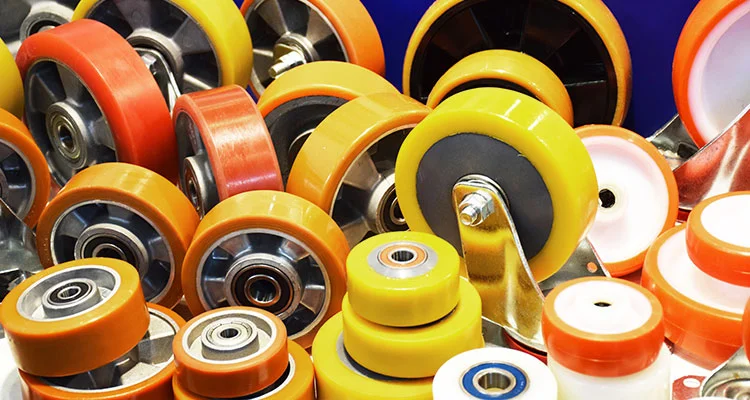
According to the application type of elastomers, there are two methods: hot casting and cold casting. The products obtained can be of different hardness, from very soft to very hard. The hardness is measured by Shore meter device. The hardness related to the A and D scale versions of the device are defined.
When we classify elastomers according to their chemical structure, there are MDI-based elastomers, TDI-based elastomers and aliphatic elastomers. Production and application conditions of each product differ.
Polyurethane elastomers are advantageous materials over rubber, plastic and metals.
Compared with rubber materials: It has advantages such as high abrasion resistance, tear strength, load carrying capacity, oil resistance, ozone resistance, low mold pressure.
Compared with plastic materials: It has the advantages of impact resistance, abrasion resistance, noise reduction, durability, lower mold cost, low temperature resistance.
Compared with metals: It has advantages such as abrasion resistance, durability, corrosion resistance, lightness, noise reduction, insulation.
- Used Areas
- Advantages
- Videos
- Gallery
- Articles
Application Areas
The areas where elastomers are used most industrially;
- Skateboard wheels
- Soles of tennis shoes
- Aerospace/Transportation
- Agriculture
- Industrial/Mechanical
- Manufacturing
- Marine
- Mining and Quarries
- Oil & Gas
- Wheel & Pulley
- Body Armor
- Tennis-racquet grip clutches
- Insulation surrounding speaker cables and telephone lines etc.
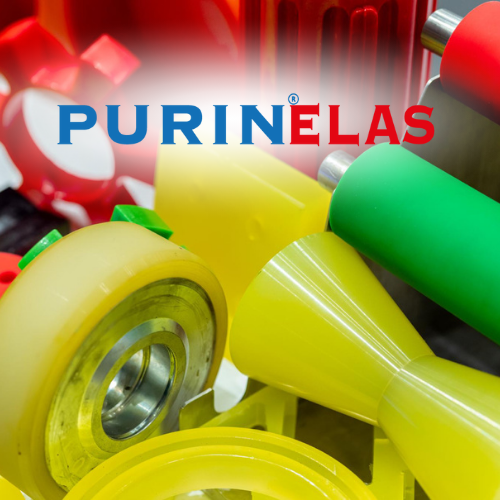
Advantages
- Provides excellent adhesion to concrete, masonry and stone surfaces.
- Effective performance in dry, damp and wet conditions.
- High mechanical strength properties.
- Fast curing ability whether in contact with water or not.
- Reaction time can be adjusted with accelerator.
- Injectable with both 1-component and 2-component pumps.
- Compatible with different surfaces such as concrete, mortar, metal, plastic coatings, cable coatings.
- Resistant to salts, alkalis and acids found in building components and ground.
- Prevents water ingress and leakage to prevent reinforcement corrosion.


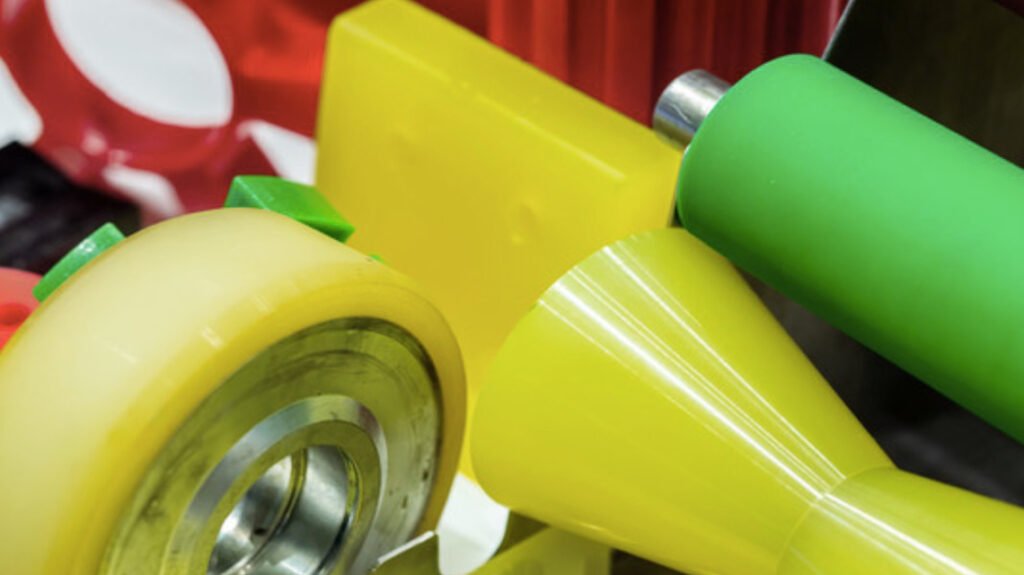
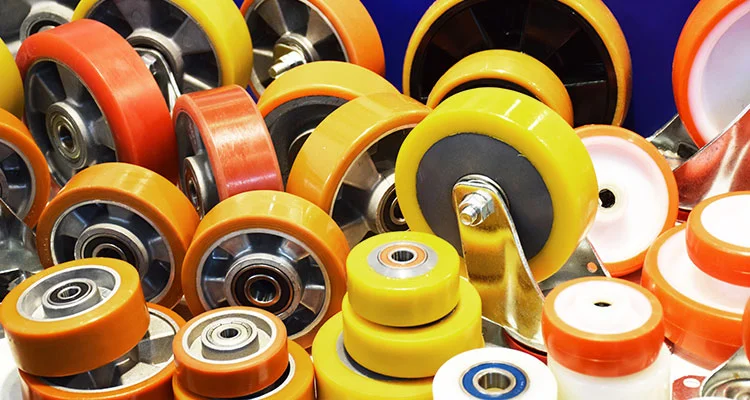
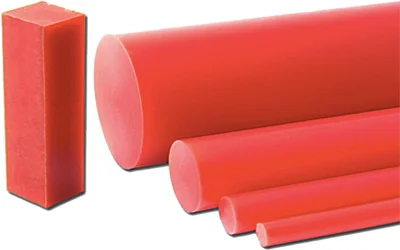

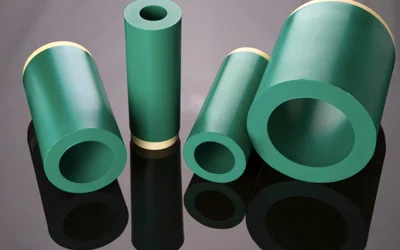
Add your content here…
Cold Cast Elastomer Product Tables
| Product (Component A) | Viscosity (23oC) | Hardener (Component B) | Solid Content (%) | Mixing Rate (w/w) | Pot Life (min) | Shore (A/D) | Application Temperature | Curing (h) | Final Curing (days) |
|---|---|---|---|---|---|---|---|---|---|
| PURINELAS CT 1065A | 7000 ± 500 | PURINELAS CT 1101 | 100 | 100/6,50 (A/B) | 65A | 10oC – 30 oC | 42 | 7 – 10 | |
| PURINELAS CT 1075A | 6000 ± 500 | PURINELAS CT 1101 | 100 | 100/10 (A/B) | 8 | 75A | 10oC – 30 oC | 8 | 7 – 10 |
| PURINELAS CT 1080A | 5000 ± 500 | PURINELAS CT 1101 | 100 | 100/11 (A/B) | 7 | 80A | 10oC – 30 oC | 8 | 7 – 10 |
| PURINELAS CT 1085A | 4000 ± 500 | PURINELAS CT 1101 | 100 | 100/12,30 (A/B) | 7 | 85A | 10oC – 30 oC | 8 | 7 – 10 |
| PURINELAS CT 1040D | 3000 ± 500 | PURINELAS CT 1101 | 100 | 100/26,70 (A/B) | 6 | 40D | 10oC – 30 oC | 8 | 7 – 10 |
| PURINELAS CM 1070A | 300 ± 500 | PURINELAS CM 1070B | 100 | 100/110 (A/B) | 45 | 70A | 10oC – 30 oC | 8 | 7 – 10 |
TDI Elastomer Product Tables (PTMEG)
| Product | % NCO | Viscosity (100oC) | Curative | Pot Life (min) | Shore (A/D) | %100 Modulus | Abrasion Loss (mm3) | Tensile (Mpa) | Elongation (%) | Tear (KN/m) |
|---|---|---|---|---|---|---|---|---|---|---|
| PURINELAS HT 2083A | 3,00 ± 0,20 | 1.200 ± 100 | MOCA | 15 | 83A | 5 | 42 | 35 | 500 | 95 |
| PURINELAS HT 2090A | 4,20 ± 0,20 | 900 ± 100 | MOCA | 10 | 90A | 8 | 42 | 38 | 440 | 110 |
| PURINELAS HT 2095A | 4,75 ± 0,20 | 600 ± 100 | MOCA | 5 | 95A | 12 | 38 | 45 | 370 | 120 |
TDI Elastomer Product Tables (PES)
| Product | % NCO | Viscosity (100oC) | Curative | Pot Life (min) | Shore (A/D) | %100 Modulus | Abrasion Loss (mm3) | Tensile (Mpa) | Elongation (%) | Tear (KN/m) |
|---|---|---|---|---|---|---|---|---|---|---|
| PURINELAS HT 3083A | 3,20 ± 0,20 | 1500 ± 100 | MOCA | 14 | 83A | 5,00 | 42 | 42 | 680 | 82 |
| PURINELAS HT 3090A | 4,25 ± 0,20 | 1200 ± 100 | MOCA | 6 | 90A | 9,00 | 42 | 60 | 500 | 107 |
| PURINELAS HT 3095A | 4,75 ± 0,20 | 900 ± 100 | MOCA | 3 | 95A | 9,20 | 38 | 63 | 460 | 126 |





